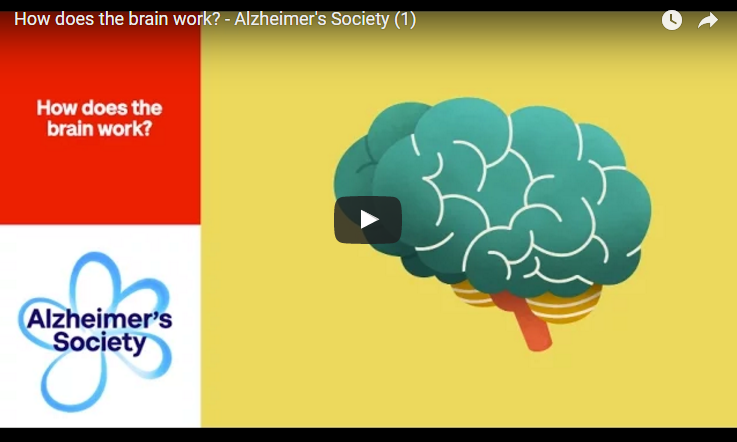Alzheimer’s Society Explains Exactly How the Brain Works

This short informative video from the Alzheimer’s Society gives a brief overview of how the brain works and some of its functions. It explains that the brain is the most complex organ in our body and is made up of billions of nerve cells (neurons) that are all connected via pathways.
MORE: The Alzheimer’s Society explains the details of the disease.
The brain is divided into four main sections: the cerebral cortex, the limbic system, the cerebellum and the brain stem. The cerebral cortex is made up of four parts that control different aspects of human function. The frontal lobes are responsible for behavior, decision-making, problem-solving and planning. The parietal lobes are responsible for sensory information, processing space, size, and movement. The temporal lobes are responsible for memory, hearing, and language. Finally, the occipital lobes are responsible for processing visual information from the eyes.
MORE: Look inside the brain of an Alzheimer’s disease patient.
Alzheimer’s News Today is strictly a news and information website about the disease. It does not provide medical advice, diagnosis or treatment. This content is not intended to be a substitute for professional medical advice, diagnosis, or treatment. Always seek the advice of your physician or other qualified health provider with any questions you may have regarding a medical condition. Never disregard professional medical advice or delay in seeking it because of something you have read on this website.






